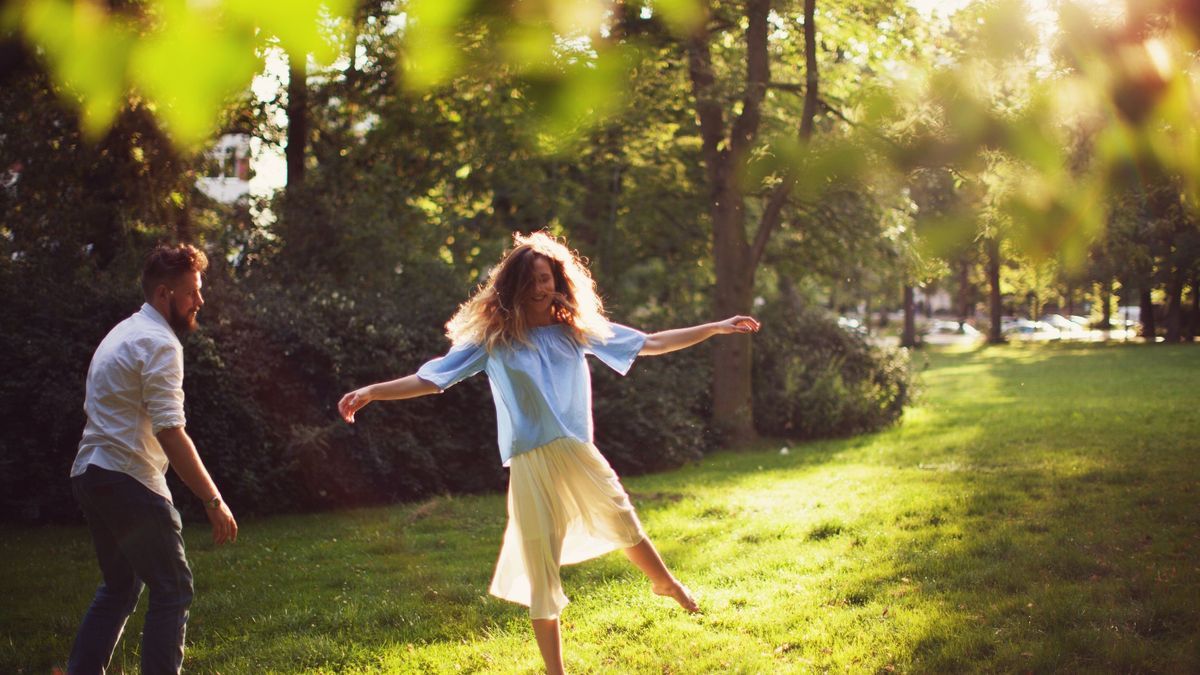
City life is not the most conducive to good mental health, but changes – even minor ones – in the layout of green and blue spaces could change the situation. A new US study finds that making nature more accessible in cities is associated with improved mental and physical health among older people.
Pollution, noise, and lack of greenery are among the nuisances experienced daily by city dwellers, playing a considerable role on their mental health. But a study by researchers at Washington State University (WSU) reveals that this is not immutable, far from it. Simple developments in the city, in particular by making green and blue spaces (areas developed with vegetation or water) more accessible, could help improve the mental health of residents, and in this case of the elderly.
“Our findings suggest that the loss of our urban green and blue spaces due to rapid urbanization could impact not only the environment, but also public health“, explains Adithya Vegaraju, one of the main authors of this work, in a press release. Conclusions which are based on the analysis of data from health surveys carried out among more than 42,000 people aged 65 and over living in urban areas of Washington State between 2011 and 2019. The researchers thus linked the results obtained in terms of general and mental health with other indicators, including accessibility, quantity and surface area of spaces greens and blues (forests, parks, lakes, rivers).
Better general and mental health
Published in the journal Health & Place, this work shows that benefiting from 10% additional forest areas in one’s town of residence is associated with a reduction in serious psychological distress, in other words mental health disorders which induce treatment and which have an impact on social, professional or school life. The researchers also observed better general health (self-reported) among older adults with a 10% increase in green spaces, tree cover, bodies of water or the length of trails.
“Older adults with depression, anxiety, or mental health problems are known to be more resistant to medical interventions or talk therapy, which are the gold standard treatments for these conditions. If exposure to Green or blue spaces can help prevent, delay or even treat poor mental health in older adults, we need to examine it more closely in order to improve mental health outcomes in this population.”rejoices Adithya Vegaraju.
Good in his body, good in his head!
A role in cognitive decline?
Although this research seems conclusive, it is not easy for cities, wherever they may be in the world, to invest massively in this type of space – in the short term at least. This does not prevent researchers from recommending the prescription of nature by health professionals to their most vulnerable patients. A trend that is growing around the world, and which consists more precisely of recommending that patients spend more time outdoors, and particularly in spaces linked to nature.
The team behind this work now wants to continue their research to determine whether an association can be made between exposure to green and blue spaces and cognitive decline. “It is thought that exposure to green and blue spaces may help slow cognitive decline. We would like to know if exposure to green and blue spaces can directly influence dementia or if it can do so by reducing mental health problems that can lead to cognitive decline.“, concludes Solmaz Amiri, one of the co-authors of the study.
This is not the first time that scientists have looked into the virtues of green and blue spaces in cities. Recent studies have notably shown that prolonged or more frequent exposure to nature helps limit the use of medications, promotes physical activity, and can also reduce socio-economic inequalities in mental health.
